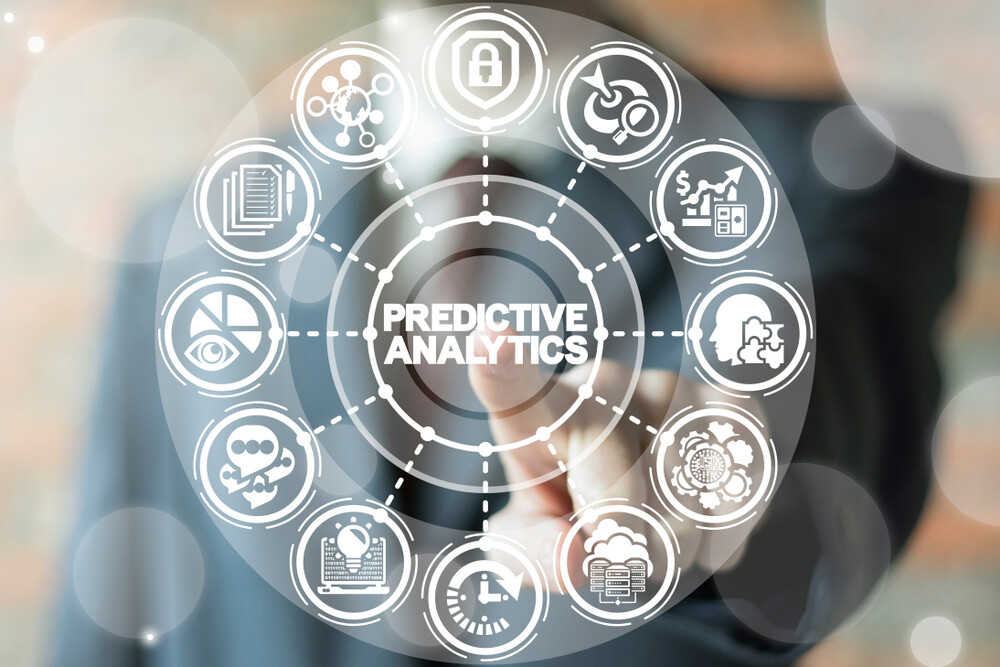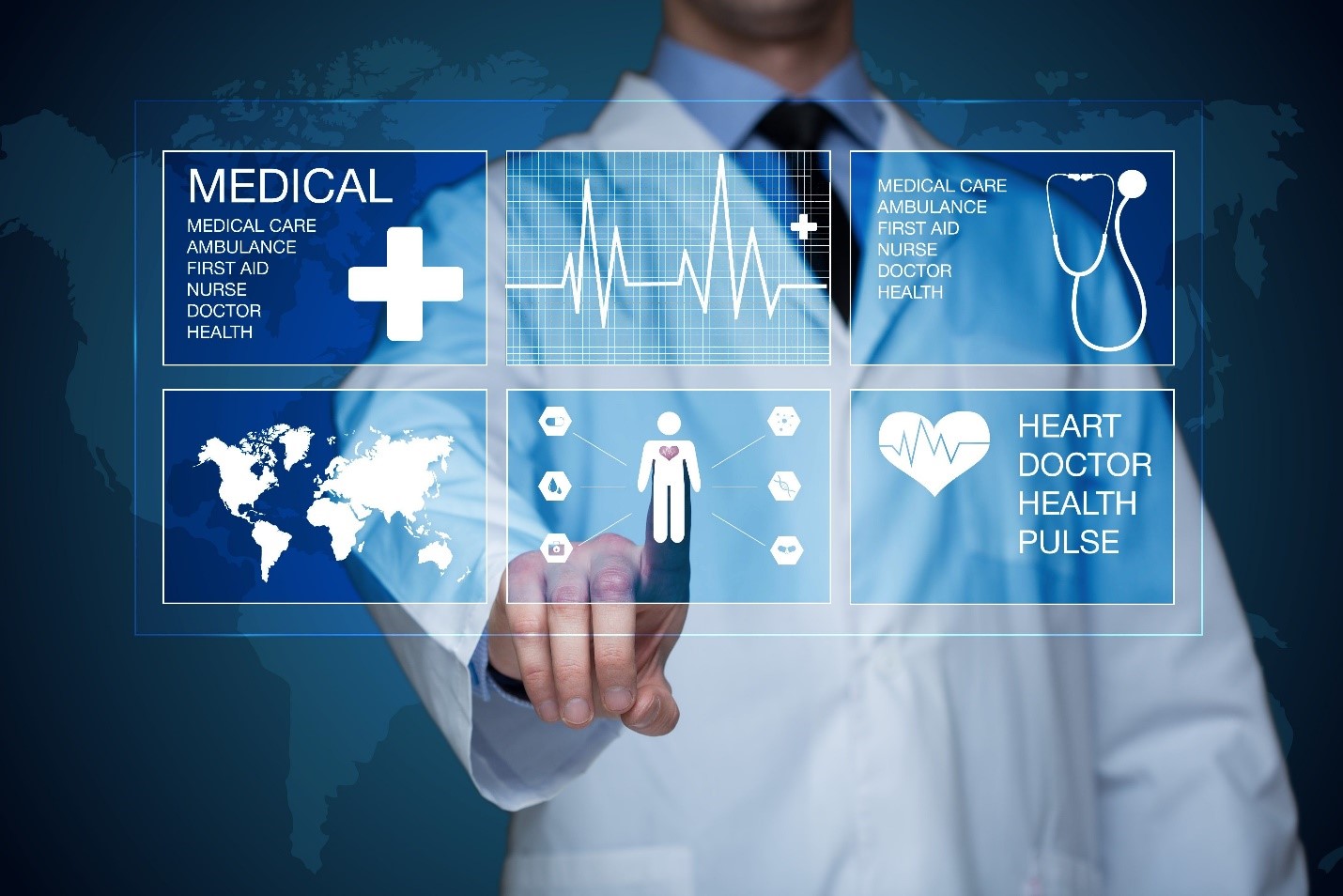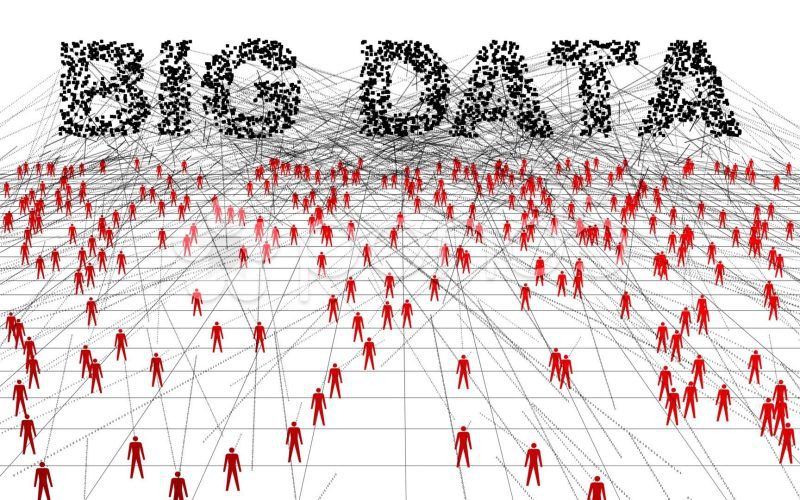In recent years, the term “Big Data” has become a buzzword across various industries, including healthcare. Big Data refers to the vast volumes of data generated at high velocity and variety, which traditional data processing methods struggle to handle. In the realm of public health, Big Data has emerged as a transformative tool, offering unprecedented capabilities for surveillance, disease prediction, and health outcome improvement.
Understanding Big Data in Public Health
Public health surveillance is the continuous, systematic collection, analysis, and interpretation of health-related data essential to planning, implementation, and evaluation of public health practice. The integration of Big Data into this process has revolutionized how health information is gathered and utilized. Big Data in public health encompasses diverse sources, including electronic health records (EHRs), social media, mobile health apps, genomics, environmental sensors, and administrative databases.
Enhancing Disease Surveillance
One of the most significant contributions of Big Data in public health is in the area of disease surveillance. Traditional surveillance methods often rely on manual reporting and are limited by delays and incomplete data. Big Data, however, enables real-time monitoring and analysis. For instance, during the COVID-19 pandemic, data from EHRs, social media, and even wearable devices were used to track the spread of the virus, identify hotspots, and predict future outbreaks.
Social media platforms like Twitter and Facebook have become valuable tools for early detection of disease outbreaks. By analyzing patterns and trends in social media posts, public health officials can identify potential health threats before they become widespread. This method, known as infodemiology, leverages the vast amount of user-generated content to provide early warnings and improve response times.

Predictive Analytics and Machine Learning
Predictive analytics and machine learning are key components of Big Data that have immense potential in public health surveillance. These technologies can analyze large datasets to identify patterns and predict future health events. For example, predictive models can forecast the likelihood of disease outbreaks based on various factors such as climate conditions, population density, and travel patterns.
Machine learning algorithms can also help in identifying high-risk populations for certain diseases. By analyzing data from EHRs, genetic information, and lifestyle factors, these algorithms can predict an individual’s risk of developing chronic conditions like diabetes or heart disease. This enables targeted interventions and personalized healthcare, ultimately improving health outcomes and reducing healthcare costs.
Improving Health Outcomes
Big Data not only enhances disease surveillance but also plays a crucial role in improving overall health outcomes. By analyzing large datasets, public health officials can identify trends and correlations that were previously unnoticed. For example, Big Data can reveal the social determinants of health, such as socioeconomic status, education, and environment, that significantly impact health outcomes.
Moreover, Big Data can facilitate the evaluation of public health interventions. By comparing pre- and post-intervention data, public health professionals can assess the effectiveness of policies and programs. This data-driven approach ensures that resources are allocated efficiently and interventions are tailored to meet the specific needs of the population.

Challenges and Ethical Considerations
While the benefits of Big Data in public health surveillance are substantial, there are also significant challenges and ethical considerations that must be addressed. One of the primary concerns is data privacy and security. The collection and analysis of large amounts of personal health data raise questions about consent, confidentiality, and data protection. Ensuring that data is anonymized and securely stored is essential to maintaining public trust.
Another challenge is data quality and integration. Big Data comes from diverse sources, each with its own format and standards. Integrating these disparate datasets into a cohesive system can be complex and time-consuming. Additionally, the accuracy and reliability of data must be ensured to avoid misleading conclusions.
Ethical considerations also extend to the use of predictive analytics and machine learning. While these technologies offer powerful insights, they can also perpetuate existing biases if not carefully managed. For example, if the training data used for machine learning algorithms is biased, the predictions and recommendations generated by these algorithms may also be biased. It is crucial to implement measures to identify and mitigate these biases to ensure fair and equitable public health practices.
Future Directions
The future of Big Data in public health surveillance is promising, with ongoing advancements in technology and data analytics. One emerging trend is the use of artificial intelligence (AI) to enhance data analysis and interpretation. AI can process vast amounts of data quickly and accurately, providing real-time insights that are invaluable for public health decision-making.
Another exciting development is the integration of genomic data into public health surveillance. Genomic data can provide detailed information about the genetic factors that influence health and disease. By combining genomic data with other health data, researchers can gain a deeper understanding of disease mechanisms and develop more effective interventions.
Furthermore, the increasing use of mobile health (mHealth) technologies offers new opportunities for data collection and surveillance. Mobile apps and wearable devices can continuously monitor health metrics such as heart rate, physical activity, and sleep patterns. This real-time data can be used to detect early signs of illness and provide timely interventions.
Conclusion
Big Data has undoubtedly transformed public health surveillance, offering new tools and methodologies for monitoring, predicting, and improving health outcomes. While there are challenges and ethical considerations to address, the potential benefits of Big Data in public health are immense. By harnessing the power of Big Data, public health professionals can enhance disease surveillance, improve health outcomes, and ultimately create healthier communities. As technology continues to advance, the role of Big Data in public health will only become more integral, paving the way for a data-driven approach to health and well-being.












